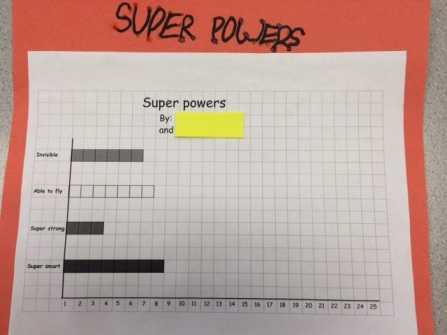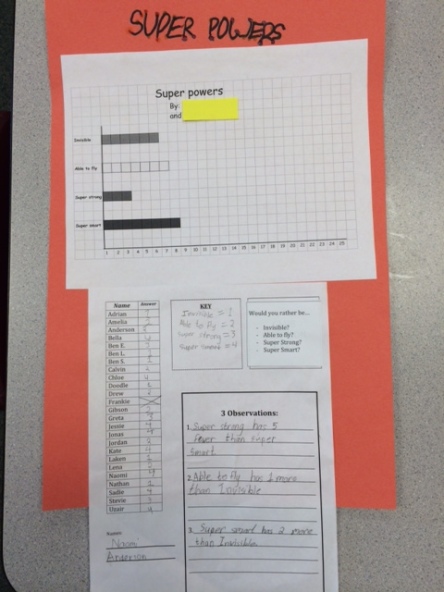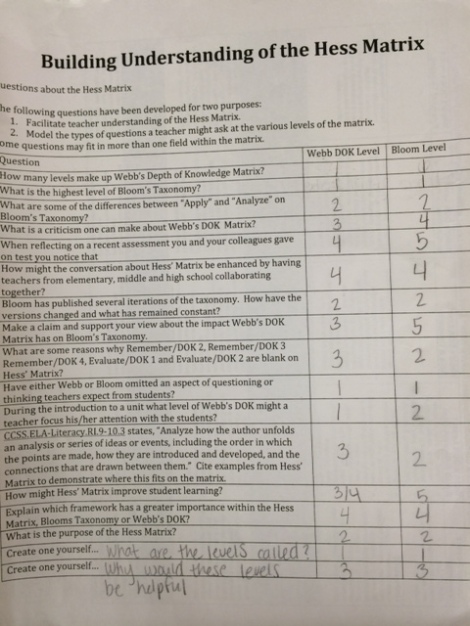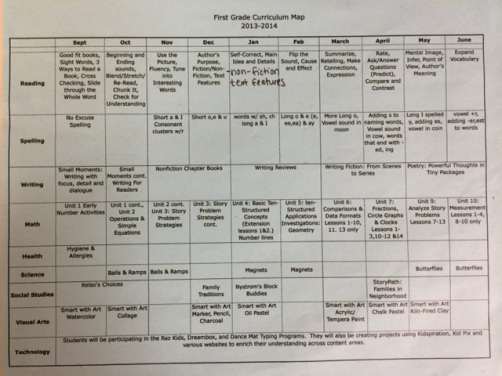H5- Honor student potential for roles in the greater society. Teachers serve a vital role in a student’s life, because a significant part of their job is to prepare students to be successful citizens [1]. Although I work with first grade students, each of these students is progressing day by day towards adulthood and the career world, and it is my job to help prepare them [1]. To help guide students along the path to eventually becoming a successful and independent member of society, we include a unit on communities as part of the first grade social studies curriculum. During this unit students learn how to work together to create and successfully run a neighborhood. Figure 1 shows the neighborhood students in my internship classroom created [2]. The focus during this entire unit was cooperation. Students worked in groups to create houses, plan and create families, and solve problems that arose in the neighborhood, such as littering and car accidents. Teaching students that communities have to work together to be successful is an important skill students must develop in order for them to become active and positive members of society [3].
Through teaching this unit I learned the importance of including cooperative work activities, even for very young students [4]. It was interesting to watch how some groups of students had no problems working together and making compromises, while other groups struggled through each and every activity. By the time the unit was finished however, it was clear that the students who had struggled to cooperate with their group members had made great progress [4]. Through the various activities and classroom discussions about working together, students learned strategies for effectively negotiating with their team members in a respectful and productive manner [5]. Cooperation skills are vital to both a students’ academic, as well as social success [5]. During this unit, my mentor teacher and I even noticed new friendships forming, and behavior out at recess improving, which is likely a result of improved cooperation skills [5].
Overall, this unit on communities has inspired me to always strive to include opportunities for cooperative projects in my classroom [6]. Creating opportunities for students to work together stretches students both academically and socially, which is important at any grade level [6]. In the future, I would plan to include a cooperative project or unit earlier in the school year as well. That way, students would have multiple units during which they could focus on improving their cooperation and problem solving skills [6].
Figure 1





